Discover 7 of the best free productivity apps you can use to get more done every day.
Do you want to get more done in your day? Sometimes all it takes are the right tools to be more productive.
We juggle so many things such as work, family, health, friends, kids, and more, and really, an extra few hours in the day would be nice. Unfortunately, that’s not an option, so the next best thing is to use tools that help us save time and increase productivity.
Imagine how you’ll feel when you finish a day where you felt you accomplished a lot, and you could go to sleep without worrying about all the things that you didn’t get done. These free productivity apps help you organize your tasks and let you spend more time with your family instead of being chained to your desk, exhausted, and overwhelmed.
1. Evernote
If you’ve been around me for even half a minute, then you know my love of Evernote. I’m smiling now just thinking of all the time and frustration it saves me. But not everyone understands the true magic of Evernote that makes it one of the best free productivity apps out there.
Evernote is an amazing, unique project management tool that allows you to store your whole life in it. Yep, both work and personal information. I keep all of my writing projects and blog posts in Evernote so I always know where to find them.
Charles Byrd turned me onto Evernote when I took a free webinar that he put on about using Evernote to increase productivity.
You can think of Evernote as file folders and files. It uses a similar system but in a digital format. The notebooks are like file folders, and the notes are the files or information you keep in your file folder. Also, you can add tags that make it easy to find the information again later.
Come on, admit it. You probably already have Evernote, but you’ve never used it because you didn’t understand it. Girlfriend, I’ve been there. I’m one of those people who’s always searching for an easy solution to organize my life and work. Evernote does that.
Picture this. You’re in the drive-thru at the bank, and your husband calls. You bought a sofa a couple of years ago, and your kids spilled red Kool-Aid on it. But you’ve got a warranty, so you’re all good, right? Well, your husband says he needs the order number, or else the company won’t cover the damage.
That would be a nightmare for most people. God knows where the receipt or paperwork is. Is it in the filing cabinet at home? If you’re using Evernote to the fullest, you scanned the receipt into the database using the Scannable app on your phone (or you can take a picture of it).

All you need to do is open Evernote on your phone and search for whatever tag you think you used, and it will pull it up. Now that took less than 30 seconds, much less time than going home and searching through all the folders in your filing cabinet.
Evernote has a free version with all the great tools you need to organize your life. You don’t have to waste time flipping through emails or files on your computer, looking for the document a writing client sent you. I can’t tell you how many hours I’ve wasted over the past few years, searching for things I need on my computer.
If you end up storing everything in Evernote, you’ll likely need to upgrade to a paid plan. I have the premium version of Evernote, and I have tons of data in there. It’s only $7.99 a month.
If there’s anything negative about Evernote, it’s that it’s not really a task management tool. It will send notifications to your email if you set due dates, and you can make it work if you make checklists in notes.
2. Trello
Trello is one of the best free productivity apps out there. This project managing tool makes organizing your tasks fun and easy. Yep, I said fun. I’m usually a list girl, but Trello is very intuitive and visual. It’s also easy to use, which saves you from learning some complex systems. Nobody has time for that.
Trello’s Kanban-style approach allows you to break projects into the smaller steps needed to reach your goals. Columns with cards represent each step of the project and designate the workflow.
Let’s take the blog writing process, for example. The first column would represent brainstorming or the brain dump of topics and title ideas. You can create cards for each different idea and add more details, attach documents, and more.
The next column would be “Outlining” (if you do that), and the one after that would be “Writing.” As you complete each step, you move the card to the next column.

I love lists because you can check things off as you go, and this makes me feel like I’ve accomplished something. Trello makes me happy because each card I move for each step of the project is like a checkmark. Trello will also send email alerts to keep you on track with your projects.
Like other apps and programs, Trello has paid and free plans. I’ve always used the free plan, and it’s fine for my work. However, you are limited to 10 boards on the free plan. So, if you want a lot of separate boards for different workflows and projects, you may have to upgrade. Trello’s pricing is economical if you like it and plan to stick with it.
You’re also limited on power-ups as well. Power-ups remind me a little bit of Zapier because they connect other services such as Slack, Salesforce, Google Drive, and more to your Trello account. Power-ups allow you to keep all your data easily accessible in one centralized place.
Related: How to Build Your First Website in 7 Easy Steps
3. Asana
Asana is an incredible project and task management program. It’s great for many reasons.
First, it’s list-based, so you get to check off all those little boxes to your heart’s content. Asana is very flexible for managing any size project or multiple projects. It’s excellent for managing day-to-day tasks as well.
Asana also grows with you as you scale your business. Each parent task can have subtasks letting you plan out each step of the project and assign tasks to the rest of your team or even yourself.
Asana also sends you notifications. You’ll receive one in the morning so you the important tasks you need to do for that day. Asana even sends you alerts when someone alters a task or checks them off. It’s an excellent way to stay on top of things.
You can use Asana as a task manager and a project manager because you can attach documents, add links, and more. Personally, I prefer Evernote as a project manager because I think it’s easier to find things and very user-friendly.
Evernote will appeal to people who like that kind of system, while Asana seems to be more popular overall because of its flexibility.

Asana is another great intuitive and visual task manager. All your projects are organized, and you can move through each stage of the process easily. This program is also attractive, which enhances the user’s experience.
Develop a timeline to illustrate each step and how they all fit together. With a timeline, Asana keeps you on track to meet your goals.
You can also automate workflows to save time and reduce human error. Asana allows you to set rules for routine tasks that automate parts of the process so that you and your team don’t need to think about them.
No more forgotten tasks! Examples of tasks that you can automate include moving new tasks to the right project, assigning work to the correct team member, setting and shifting dates, and more.
Like most of the best free productivity apps on this list, Asana has paid and free plans. Asana is quite robust, and the free program is probably all you need. I’ve seen the way teams use this program, and it streamlines workflows and saves huge amounts of time.
4. Slack
Slack is a fun cloud-based software that businesses use to collaborate with teams. It’s essentially used more for communication than an actual project or task management system. You can use it for both, however. Some of Slack’s best assets include:
- Time messaging
- File sharing
- Easy search capabilities
Slack also integrates with most of the other apps that you use regularly utilizing tools like power-ups on Trello or Zapier’s Zaps, for instance. (More on Zaps in a little bit.) It helps maintain the schedule for your projects and can even help keep you within your budget.
Once you create a team in Slack, you communicate with team members using channels. You can create a different channel for each project, for planning, for people to share ideas, make decisions, and more.

Slack lets you add files and turn conversations into actionable items. Searching for conversations, files, and channels is simple. You can also initiate voice calls from your conversations in Slack.
Slack is incredible for companies with multiple remote workers or offices in different locations. Any sized team can use Slack, so even if it’s just two of you, this program lets you communicate effectively no matter where you are. It’s really fun to use too.
Slack is also a way to ask questions and get help quickly since it’s easy to type a quick message, send it, and then go about your business. Try Slack if you need a great platform to communicate with your team. It’s unique too which is another reason it makes this list of the best free productivity apps.
5. Zapier
Zapier has taken efficiency and productivity to another level by integrating all the vital web apps you work on but can’t connect. I don’t even know if I can articulate how well Zapier enhances your productivity, allowing you to focus on the important parts of your business. Zapier saves you so much time by taking routine tasks that you waste hours on and automating them.
One of the primary reasons I use Zapier is to connect my Evernote to Asana. I was doing a lot of repetitive work because I store my writing projects in Evernote but had to enter them into Asana as well causing double the work.
Here’s how it works:

Now that’s a single-step Zap, but you can add more. Just pick a trigger that starts your Zap then select the action you want Zapier to perform. The best benefit of Zapier is that you can combine multiple apps and actions into one Zap. More complex Zaps really save you time.
The free service has some limitations. You can set Zapier to perform as many as 100 tasks per month, but you’re only allowed 5 active Zaps. There is also a limit on how many actions each Zap can have.
Still, the free version is enough for you to see how much time Zapier saves you by automating those routine, tedious tasks. If you find that you need more Zaps and tasks, premium plans started at $20, so it’s a very cost-effective solution that lets you focus on the important things in your business.
Just a word of warning. There may be a steep learning curve when you use Zapier. I am incredibly tech-challenged, and it was really confusing for me. I couldn’t get my Zaps to work. Also, Zapier does not offer mobile apps.
Once you get used to the app, it gets easier, and they have very helpful people to troubleshoot your problem. Someone with a better grasp on technology than me probably won’t have any issues.
While they have helpful videos and directs about creating Zaps, they didn’t help me with the specific Zap I created. It’s all good now, and I love Zapier.
IFTTT
IFTTT is like Zapier in that it integrates many productivity apps, but it’s different because this app is beginning to specialize in the Internet of Things (IoT). It supports many smart home devices such as doorbells, smart light bulbs, appliances, and more. IFTTT works with Cortana, Google Assistant, Siri, and Alexa.
I didn’t use IFTTT for the longest time because I didn’t know just how great it was. Once I started investigating this app, I was amazed at how it takes care of routine tasks that your double-doing or take up large amounts of time. You can even create your own workflows if you’re tech-savvy. I won’t touch that with a ten-foot pole.
But I know enough to understand that this unique tool deserves to be on any list of the best free productivity apps available.
You can only create a single automation between two different services, but IFTTT includes apps for iPhones and Android phones. IFTTT calls this an applet.
If you think about it, many of the tools you use online don’t play nice together, causing you extra work and taking your focus away from the important things. I use IFTTT mostly for Pinterest and Evernote. Every time I create a new pin, IFTTT connects to Evernote creating an image note from the URL of the pin and sends it to a specific notebook in Evernote.
I’ve noticed there are some glitches. Sometimes the connection between your applets stops working. You’ll usually receive an email that says they’re disconnected so you can troubleshoot them. IFTTT kind of covers some obscure connections that you didn’t realize you needed until you saw them.
IFTTT has gotten even better and they are offering a “choose your own price” pro version for a limited time. It really helps simplify social media marketing and connects apps and services in a unique way.
7. Google Adwords: Keyword Planner
I didn’t learn about this tool until later in the game, but it’s actually turned out to be pretty handy, and I learned in Stupid Simple SEO. (Spoiler alert: If you check out this link to Stupid Simple SEO, you get free SEO training too.)
This keyword planner allows you to figure out how hard a keyword is to rank and how popular it is so you can make search engines happy.
If you want an even better keyword research tool that helps you find long-tail keywords and helps you spy on your competitors, check out KeySearch. It’s inexpensive at just $17.00 a month, which is amazing for all it does, but if you use my link for KeySearch, you get 20% off, which brings it down to $13.60.
For more awesome keyword research tools, check out 10 of the Best Free SEO Tools to Boost Your Search Engine Rankings.
The Best Free Productivity Apps Streamline Your Workflows and Make Life a Little Easier
Most of these amazing productivity apps are available for your desktop as well as your smartphone, meaning you can take them with you wherever you go. Communicate with team members, check on the progress of projects, manage workflows, and more. I’m honestly amazed that these programs offer these comprehensive services for free.
There so much to do whether you’re a blogger or run another type of online business. You need to keep up with email marketing, knowing who your target audience and ideal client is.
You’ll see a huge difference even if you implement just one of these productivity solutions. There will be more time in your schedule to take courses to grow your blog and writing business as well as spend more time with family.
Stay tuned for next week’s third article of the 6 Weeks of Free Resources for Your Blog and Business all about free places to find stock photos!
Related Posts to the Best Free Productivity Apps
How to Be a Ghostwriter and Make Serious Money (Even if You Don’t Know What You’re Doing?
The Ultimate Guide on How to Start a Freelance Business with No Money
The Best Inexpensive Accounting Software for Freelancers
13 Books on Freelance Writing and Business that Will Make You a Success
How to Organize Your Home Office to Get More Work Done
13 Amazing Productivity Hacks for Writers and Freelancers to Incorporate Into Your Daily Life
The Ultimate Guide to Time Management for Freelancers
Save time with the best free productivity apps for freelancers and writers.


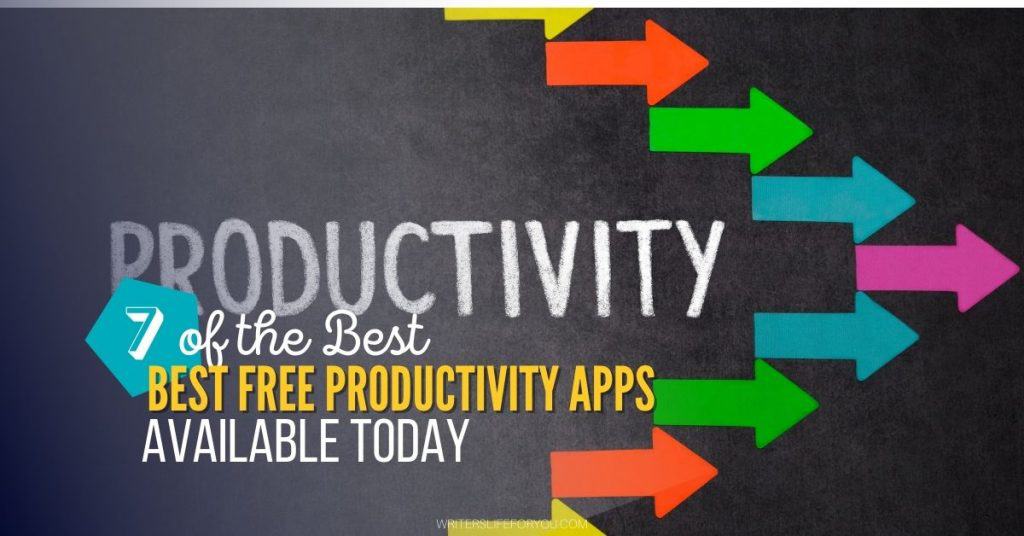


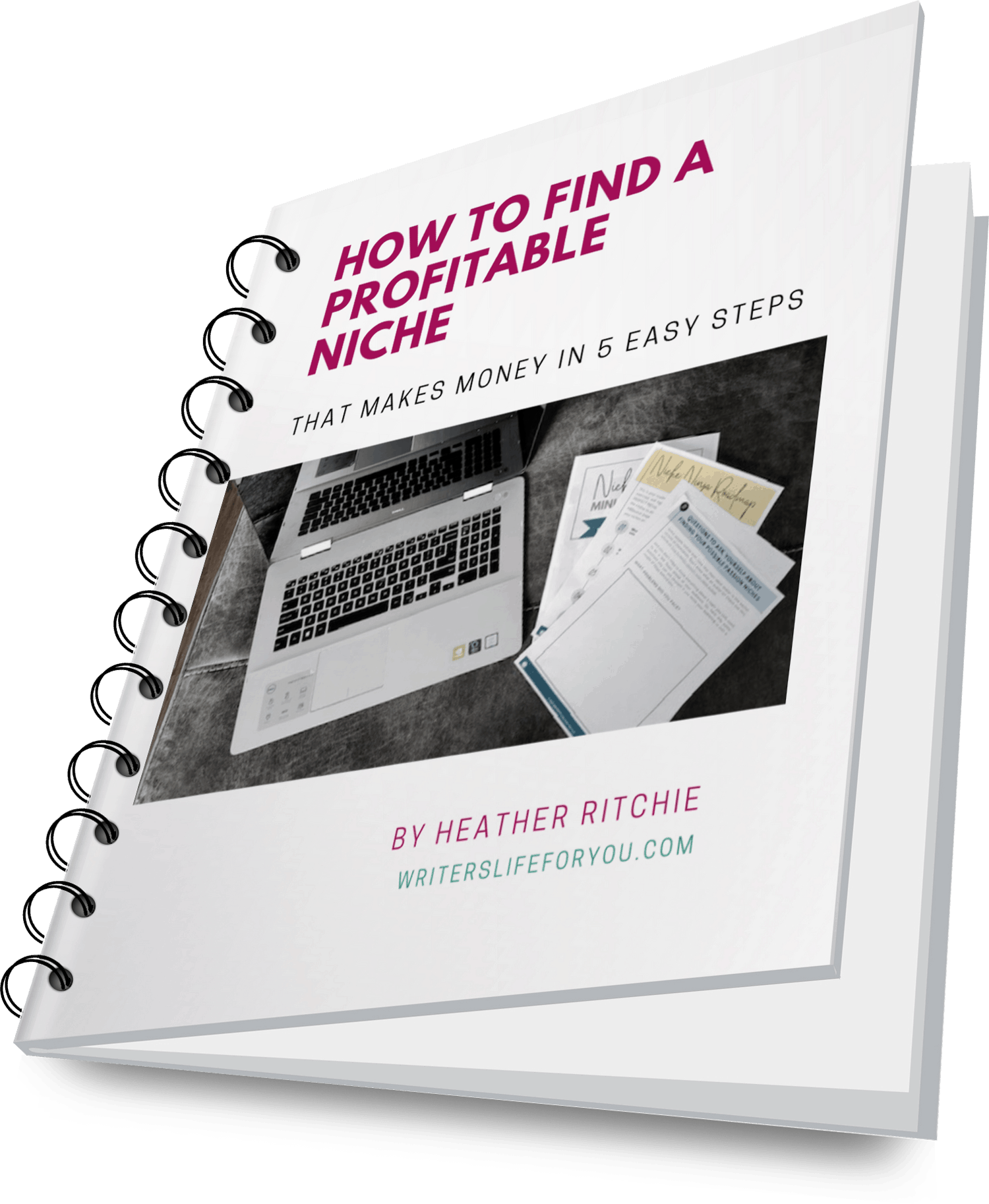

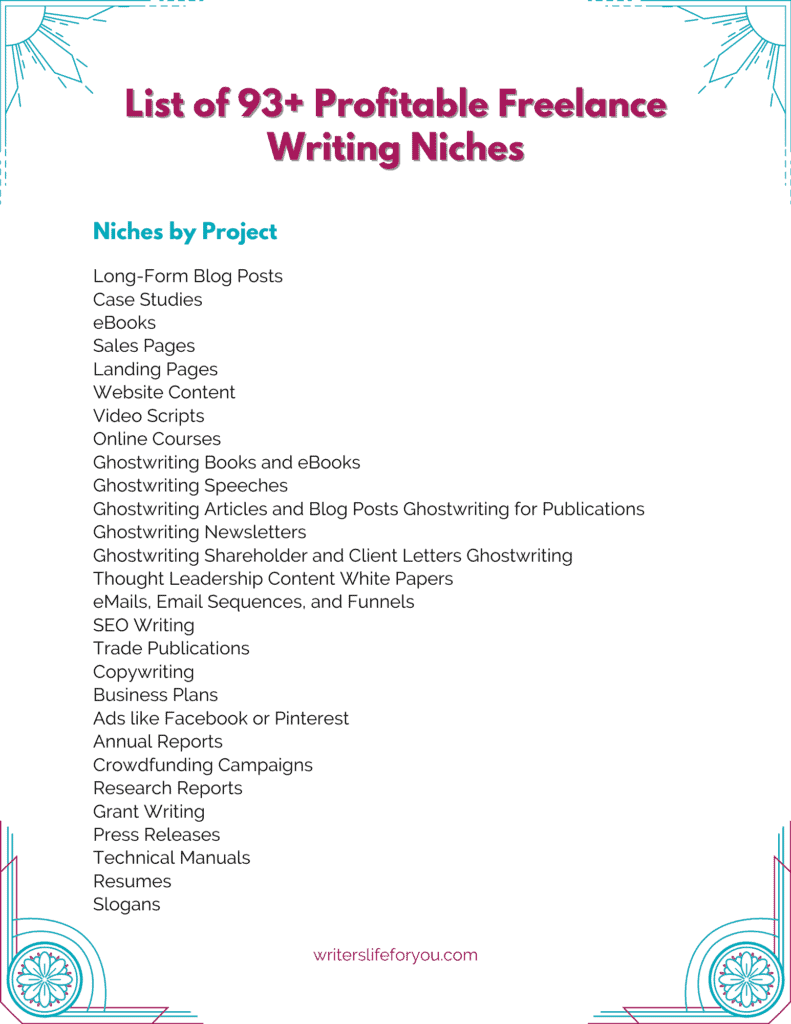
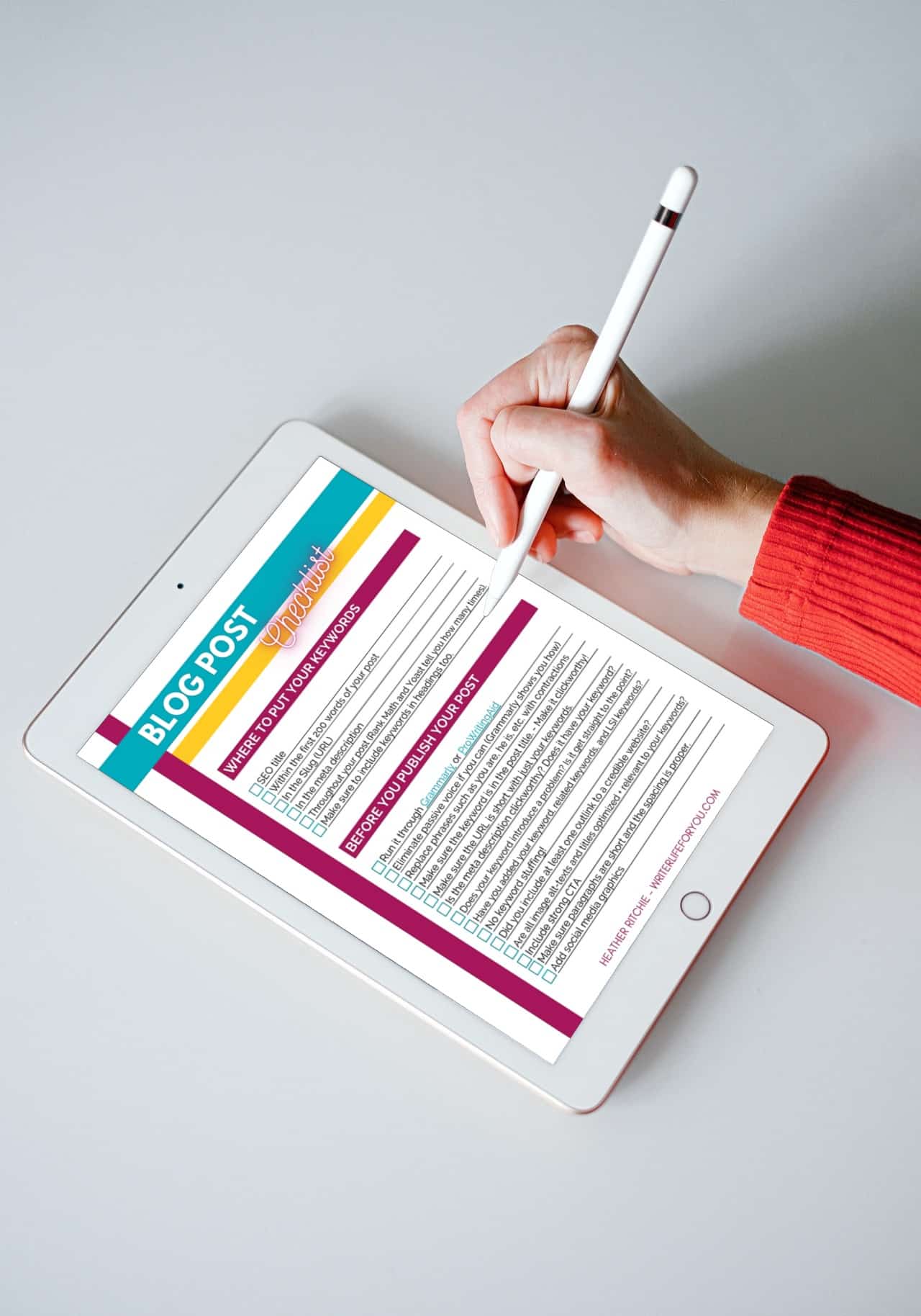
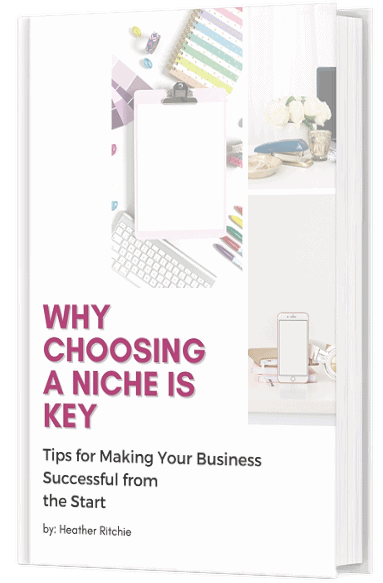
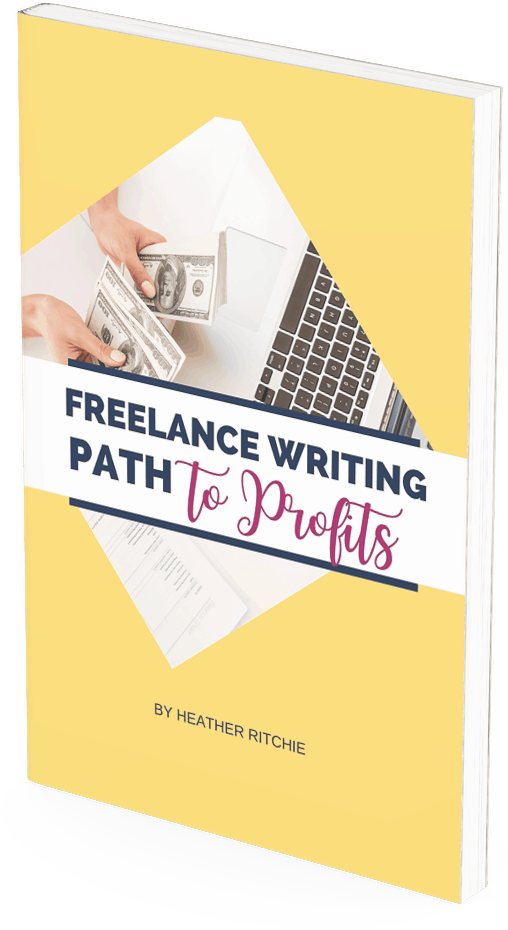
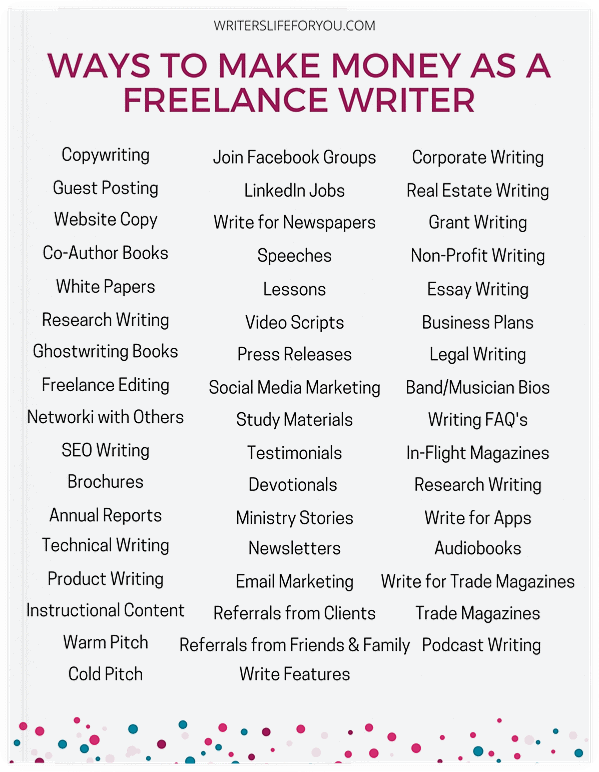
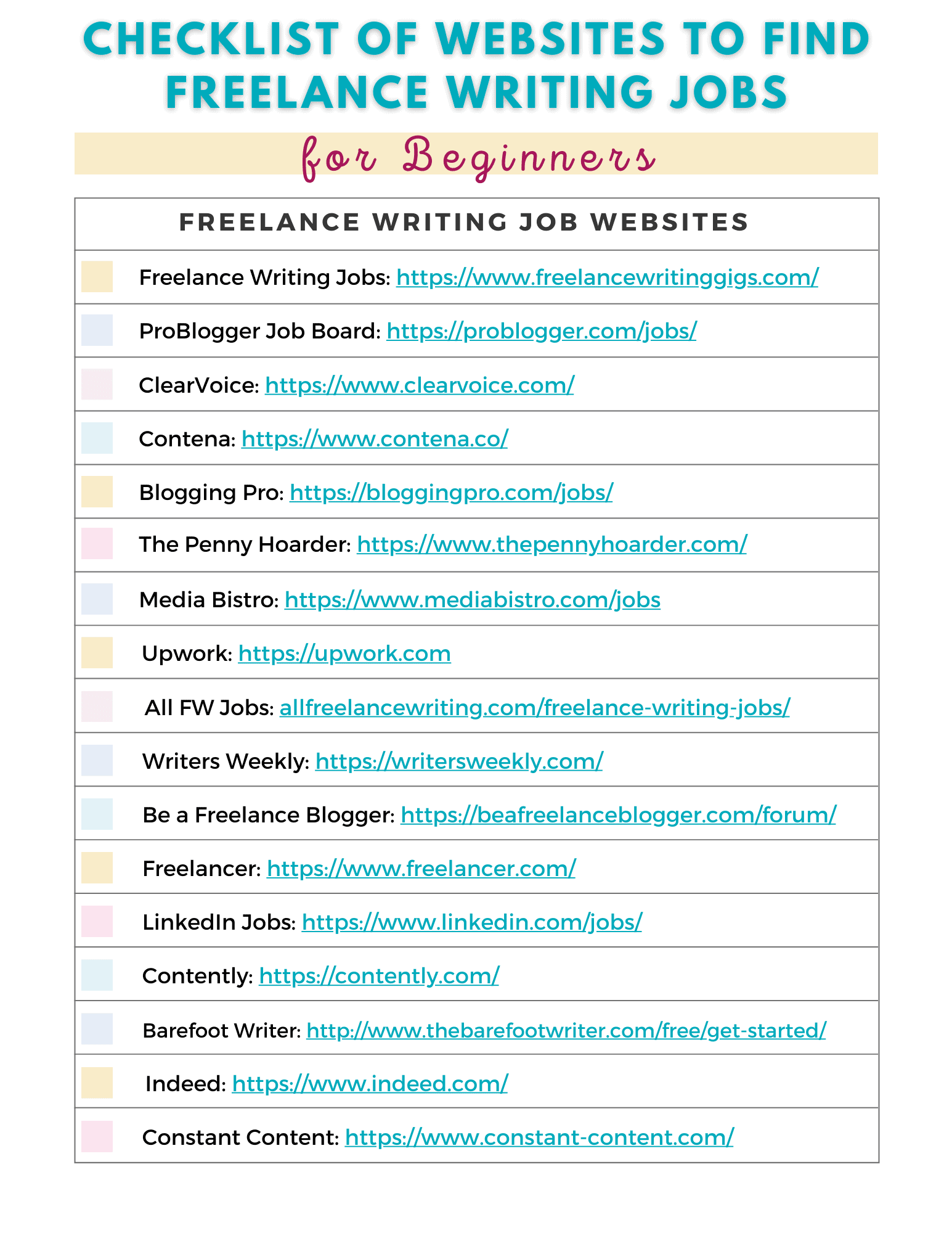

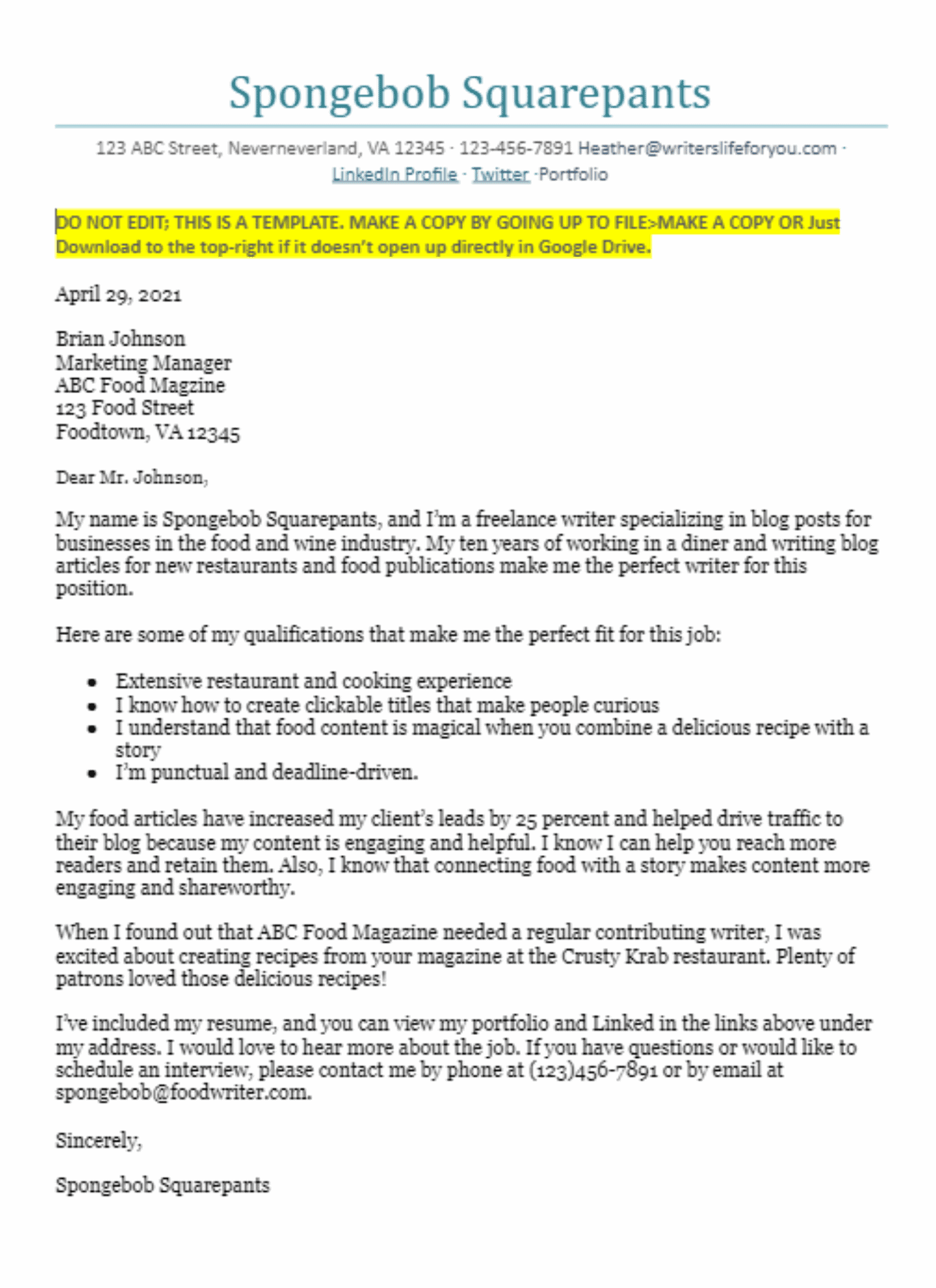

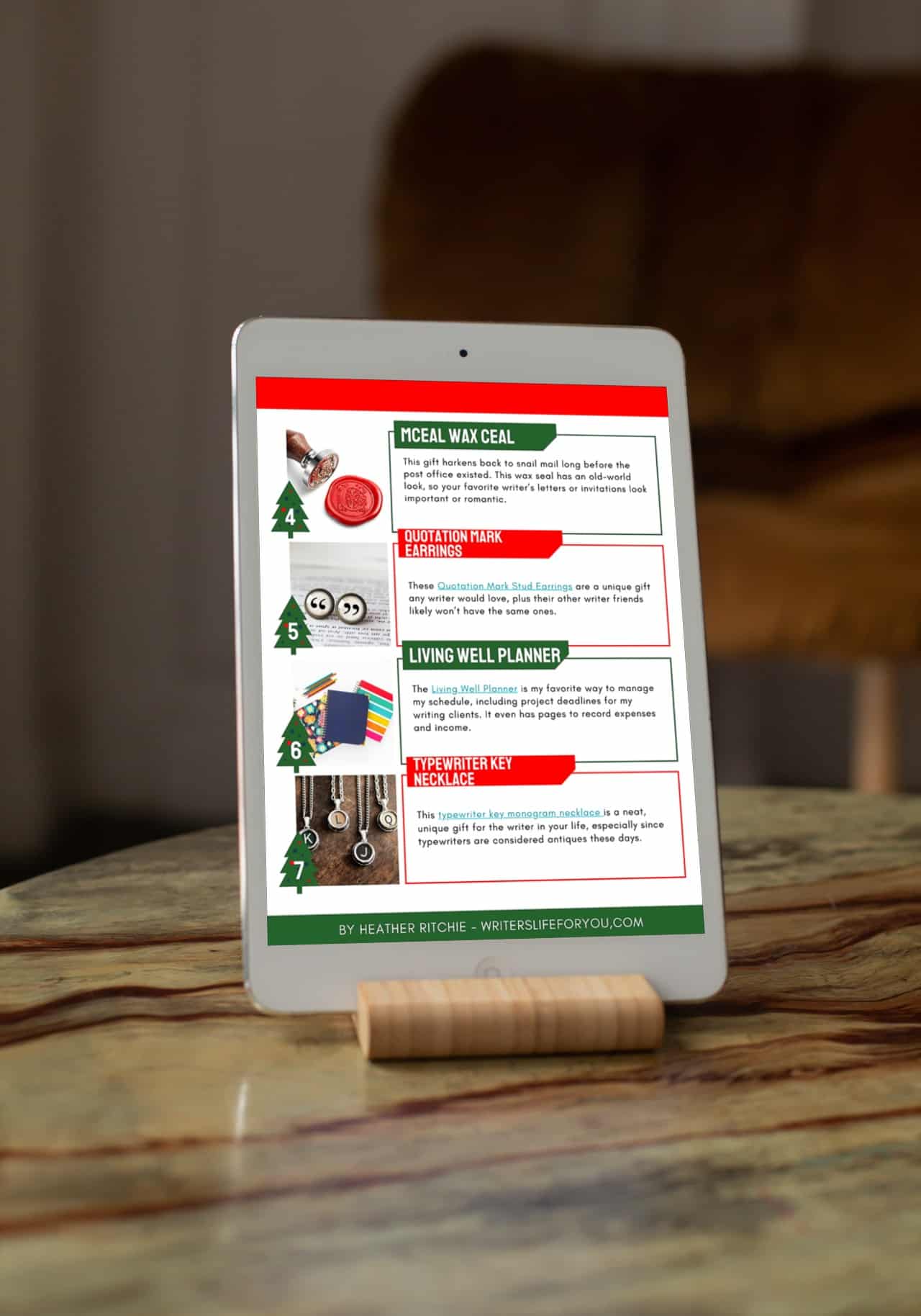
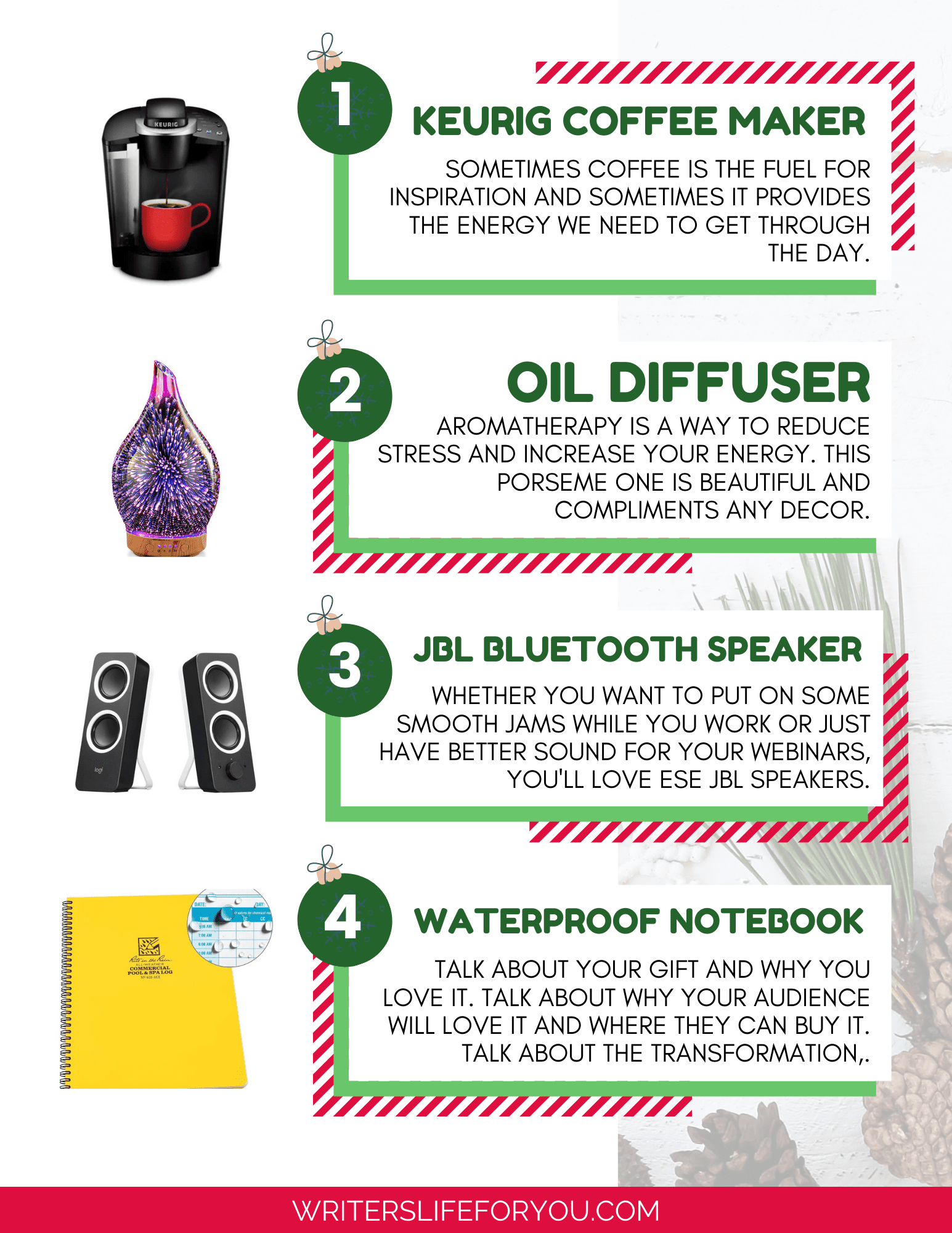
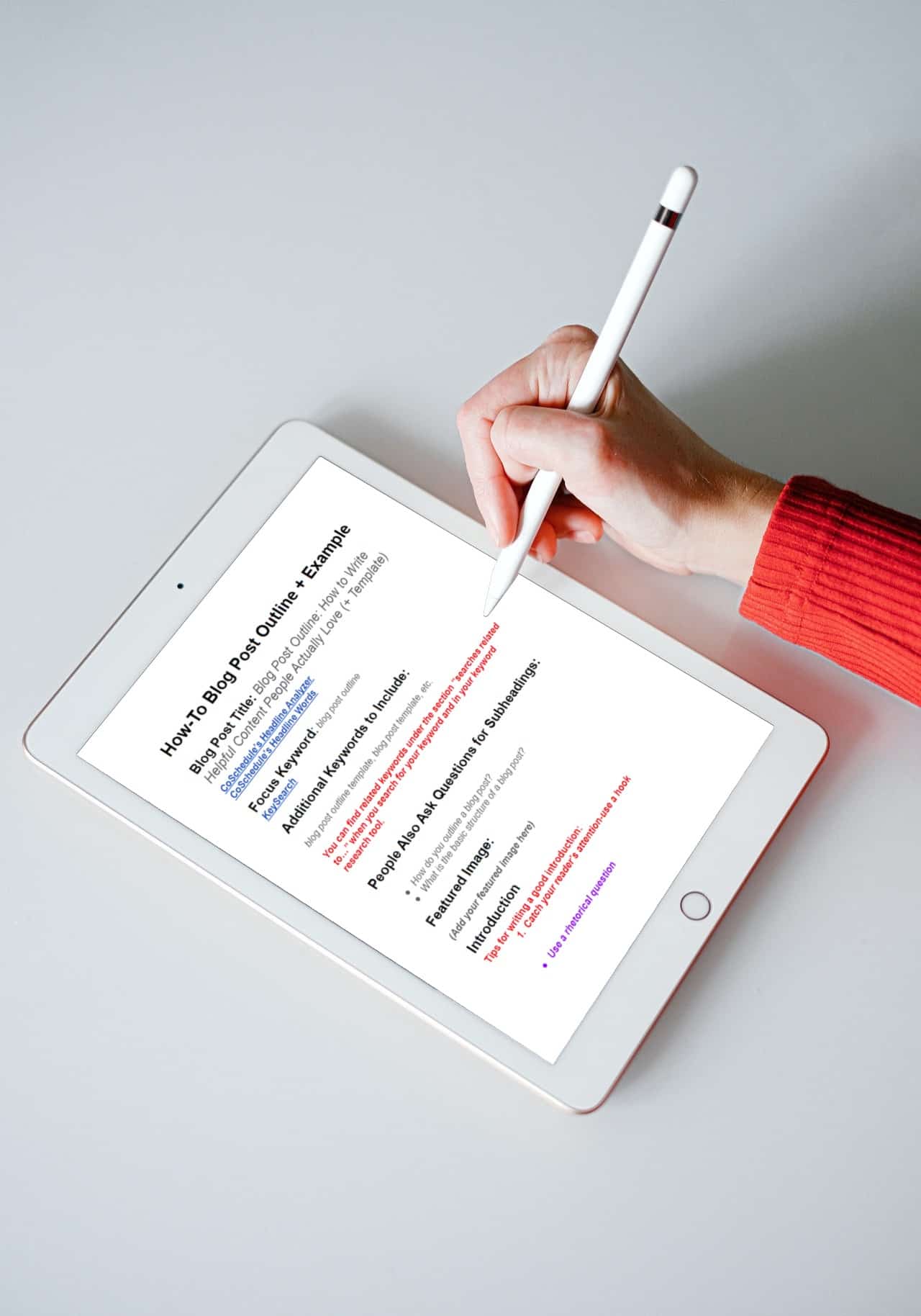

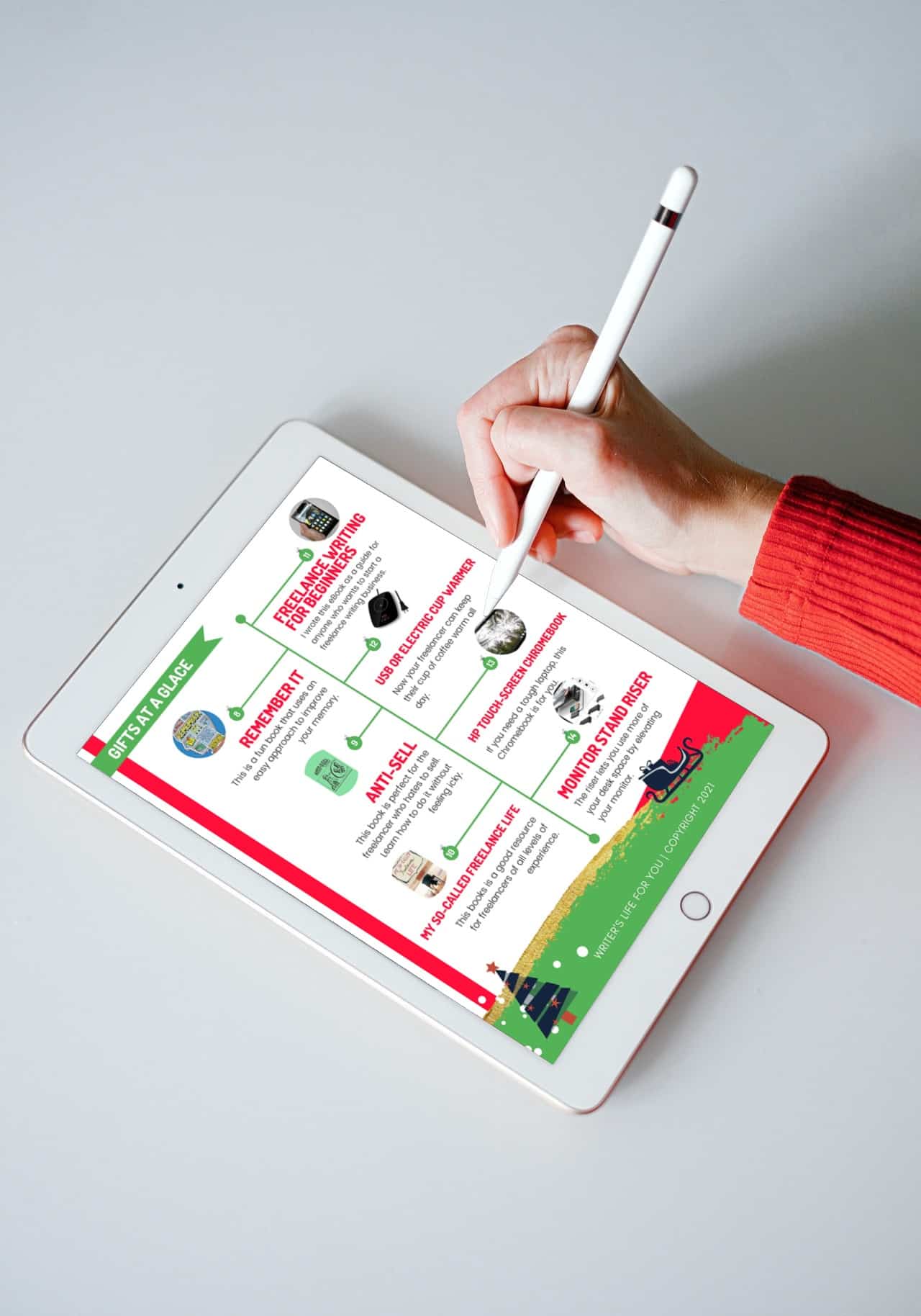


I’ve never heard of Evernote! Sounds like an awesome tool for organization.
Ah, you should try Evernote. It’s amazing if your brain works with traditional filing systems.
Pingback: 6 Secrets to Managing More Writing Clients Easily
Pingback: How to Maintain Focus When Working from Home for the Holidays- Writer's Life for You
Pingback: 11 of the Best Apps for Bloggers and Writers
Thank you for sharing! I’ve been looking for more apps to keep me on track!
You’re welcome. I love anything that makes me more efficient. Thanks for reading!
You can also consider Restyaboard, another best free workflow and productivity app to track progress and assign projects, there is a communications system within it. A good free alternative to Trello.
Great, thank you for adding this because I’ve never heard of Restyboard! I’d love to learn more so thanks for stopping by and reading.